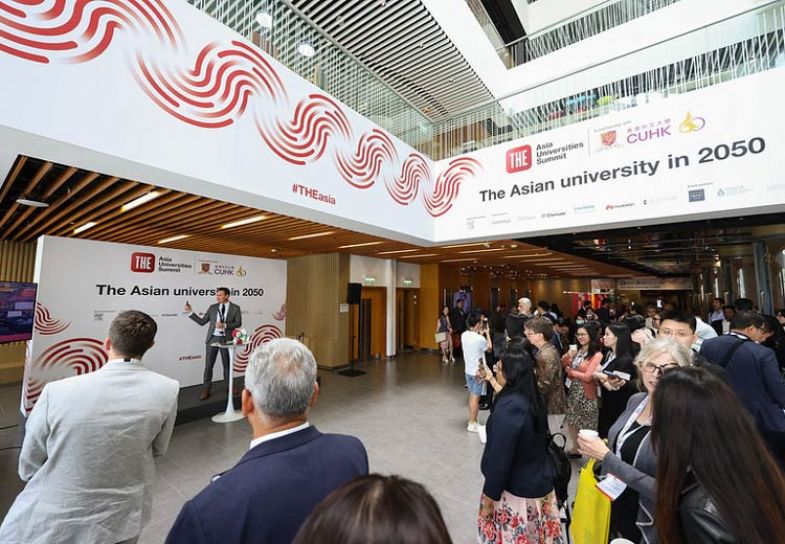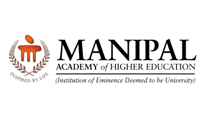
By seeking out excellence in international partners, Manipal Academy of Higher Education hopes to accelerate the development of new products that will benefit Indian society and strengthen the country’s knowledge and research base
Universities can foster multidisciplinary research projects within their own campuses. They can collaborate with their peers at home, building networks that pool expertise to pursue large-scale research projects across shared interests, creating hubs of excellence within the communities they serve. But as more research activities are guided by the global framework offered by the United Nations’ Sustainable Development Goals, there are increasing demands made upon university resources, and that makes international partnerships more important than ever.
Santhosh Krishnan Venkata, deputy director of technical and management research at Manipal Academy of Higher Education in India, says universities can maximise their research outcomes by looking beyond their borders in search of institutions with shared interests and facilitating an exchange of knowledge that benefits the institution’s students, faculty and research outcomes.
The benefits to students and faculty are clear. “They learn more. You have more collaborative research,” Venkata says. Manipal presently has over 260 international collaborations and has a presence at the country pavilions at THE’s 2023 Asia Universities Summit because it is looking for more. The country pavilions showcase the higher education institutions that are using THE’s data analysis to help them identify potential partners, discover suitable collaborators and demonstrate their institutional strengths.
Manipal prides itself on its multidisciplinary approach, and being able to network with other institutions across Asia is a great opportunity to use regional diversity to its advantage. “We have some shortfalls in some subject areas, especially when talking about the electronics field,” Venkata says. “We are good at the front end, where you have soft computing and designers, but when you are looking at fabrication, India is [just] starting to do semiconductor fabrication and other things. We need to look at countries like Taiwan where you have high fabrication expertise. Collaborating with such people, we can take a product that is just at the transitional level – in terms of only in the software – to a product that is going to be fully fledged.”
Ultimately, the goal is social impact. Manipal wants to make a difference. It provides funding opportunities, entrepreneurship support and access to research facilities. There is an international perspective to its teaching, with campuses in Malaysia and Dubai in addition to its four Indian campuses. It encourages student and faculty exchange, and offers joint degrees. It has more than 1,000 international students from more than 60 countries. The majority of its students study under its faculties of science, technology and management, and health sciences, with a smaller number in the humanities, liberal arts and social sciences.
Venkata is optimistic that Manipal’s strategic international partnerships will benefit Indian society. In the medium to long term, these collaborations can help improve the knowledge base and support an eco-system of entrepreneurialism. One of Manipal’s strengths lies in designing healthcare technologies, and by tapping into expertise abroad it hopes to accelerate the development of new products.
Find out more about Manipal Academy of Higher Education.


